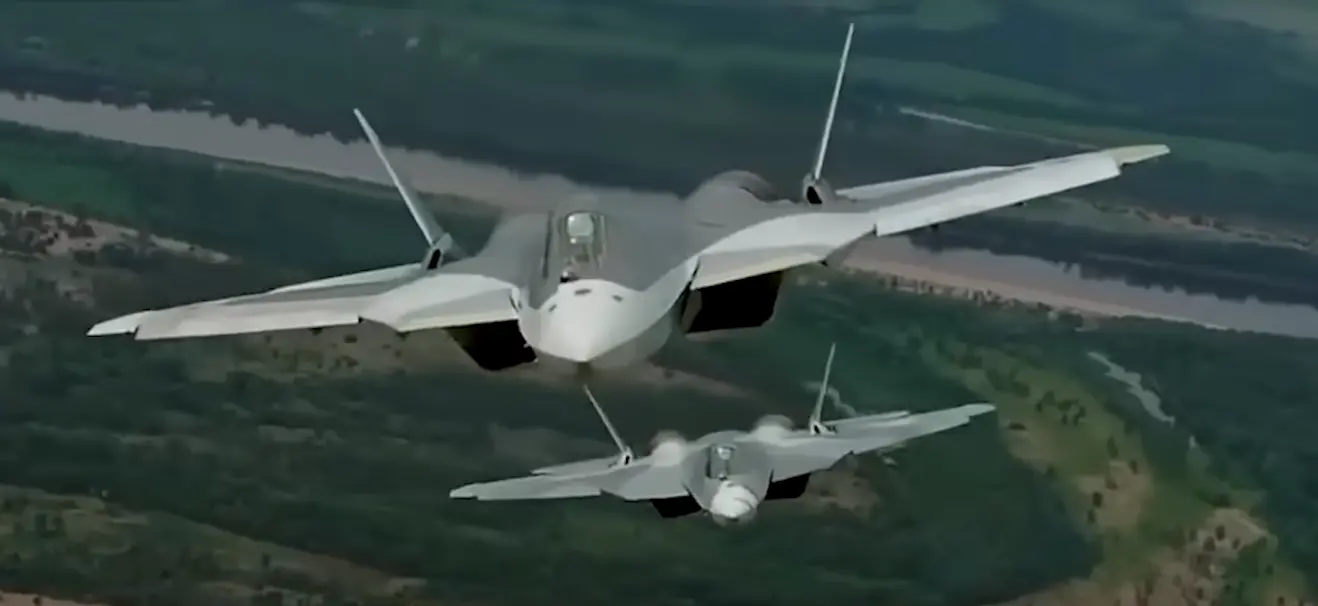
The F-35 is not just expensive to buy, it's expensive to maintain.
A Bold Move in a Tense Arena
Declining the F-35 Deal – In the fluid theatre of geopolitics, defense deals are more than mere transactions, they’re statements of intent. When India reportedly decided not to pursue procurement of the Lockheed Martin F-35 Lightning II stealth fighter jets, it sent ripples through diplomatic and military corridors alike. In an era where air superiority is often seen as synonymous with global influence, India’s choice invites deeper analysis. Why would a nation with growing regional ambitions and border tensions rebuff what many consider the apex of aerial warfare technology?
Table of Contents
The F-35 Temptation: Power, Prestige, and Partnerships
The F-35 fighter jet, developed by the United States, is heralded as a technological marvel. Equipped with advanced stealth capabilities, multi-role versatility, and state-of-the-art sensors, it’s a symbol of air dominance and strategic clout.
Key Features of the F-35:
- Stealth Design: Low radar cross-section with high survivability
- Multirole Capability: Capable of intelligence, surveillance, reconnaissance, and combat missions
- Advanced Sensor Fusion: Real-time data sharing across allied forces
- Global Deployment: Used by U.S. and allied forces including NATO members, Israel, Japan, and South Korea
So why wouldn’t India, poised as a rising global power, bite?
Strategic Autonomy: A Defense Doctrine Beyond Dependency
India’s defense policy has increasingly emphasized strategic autonomy, the ability to make sovereign choices independent of alliance obligations. This principle is rooted in history, stretching back to India’s Non-Aligned Movement stance during the Cold War. Today, it translates into diversification of arms suppliers, indigenous production, and avoidance of entanglements.
India’s Defense Procurement Pattern:
| Country | Equipment Sourced |
|---|---|
| Russia | Su-30 MKI, S-400, T-90 tanks |
| France | Rafale jets, Scorpène-class submarines |
| Israel | UAVs, precision-guided munitions |
| USA | C-17s, Apache and Chinook helicopters |
| Indigenous | HAL Tejas, Akash missile systems |
Adding the F-35, a highly integrated system requiring deep operational dependency on the U.S., would challenge India’s doctrine of multipolar engagement.
Compatibility & Doctrine Clash
India’s current fleet especially with the addition of Rafale jets from France, is robust and well-suited to the subcontinent’s tactical environment. Integrating the F-35 into this mix presents logistical, operational, and strategic challenges.
- Interoperability Issues: The F-35’s digital ecosystem is heavily tied to U.S. standards.
- Training & Infrastructure Demands: Requires significant overhaul of existing Indian Air Force systems.
- Mission Suitability: Some analysts argue the F-35 is overkill for India’s immediate tactical needs, especially in high-altitude terrain such as the Himalayas.
Economics & Opportunity Costs
The F-35 is not just expensive to buy, it’s expensive to maintain. With a per-unit cost exceeding $80 million and high lifecycle maintenance costs, critics argue that those resources could be better invested in indigenous platforms like HAL AMCA (Advanced Medium Combat Aircraft), currently in development.
Fiscal Priorities:
- Boost Make-in-India defense initiatives
- Invest in drone warfare and hypersonic capabilities
- Upgrade domestic naval assets for Indo-Pacific dominance
Diplomatic Signaling: Walking the Tightrope
Declining the F-35 deal also serves as a strategic message to both allies and adversaries. India seeks to avoid appearing fully aligned with one bloc, especially amid rising U.S.–China tensions and Russia’s ongoing geopolitical role.
- With Russia: Avoid antagonizing a long-term arms partner
- With China: Signal a balanced regional stance, not a provocation
- With the U.S.: Assert independence while continuing selective cooperation
This decision may not be a rejection of U.S. ties but a recalibration.
Future Trajectories: Indigenous Aspirations Take Flight
India’s ambitions in aerospace are soaring beyond imports. The HAL AMCA, a fifth-generation stealth fighter being developed domestically, embodies the country’s desire to chart its own course.
HAL AMCA Highlights:
- Stealth capabilities
- AI-based mission systems
- Supercruise functionality
- Expected rollout by late 2030s
While timelines are ambitious, success here would significantly diminish the strategic need for foreign platforms like the F-35.
Strategic Partnerships, Not Purchases
India’s pivot appears aimed at transforming relationships from buyer-seller to joint development partnerships. This includes tech transfers, joint production, and co-development, areas where the U.S. has historically been cautious but is beginning to explore.
Examples:
- U.S.–India defense industrial cooperation under DTTI
- Co-development of jet engines and UAVs
- 2+2 Ministerial Dialogues emphasizing technology sharing
A Calculated Refusal in a Complex World
India’s decision to decline the F-35 is not a snub, it’s a strategy. In an increasingly bipolar world order, the move underscores India’s quest for self-reliance, versatility, and strategic manoeuvrability. The deal wasn’t just about jets, it was about geopolitics, doctrine, economics, and future trajectories.
As the global chessboard shifts and alliances are redrawn, India is playing a nuanced, forward-thinking game. Whether this will pay off in air superiority remains to be seen, but one thing is clear: New Delhi is setting its own flight path and it’s not waiting for permission to take off.
High-Stakes Aerial Combat: How Houthi Forces Nearly Took Down F-35 and F-16 Jets of U.S.A.
Grounded Glory: British F-35B’s Kerala Ordeal Nears End as Repairs Progress
3 thoughts on “India’s Strategic Rebuff: Declining the F-35 Deal in a Shifting Global Chessboard”
Comments are closed.